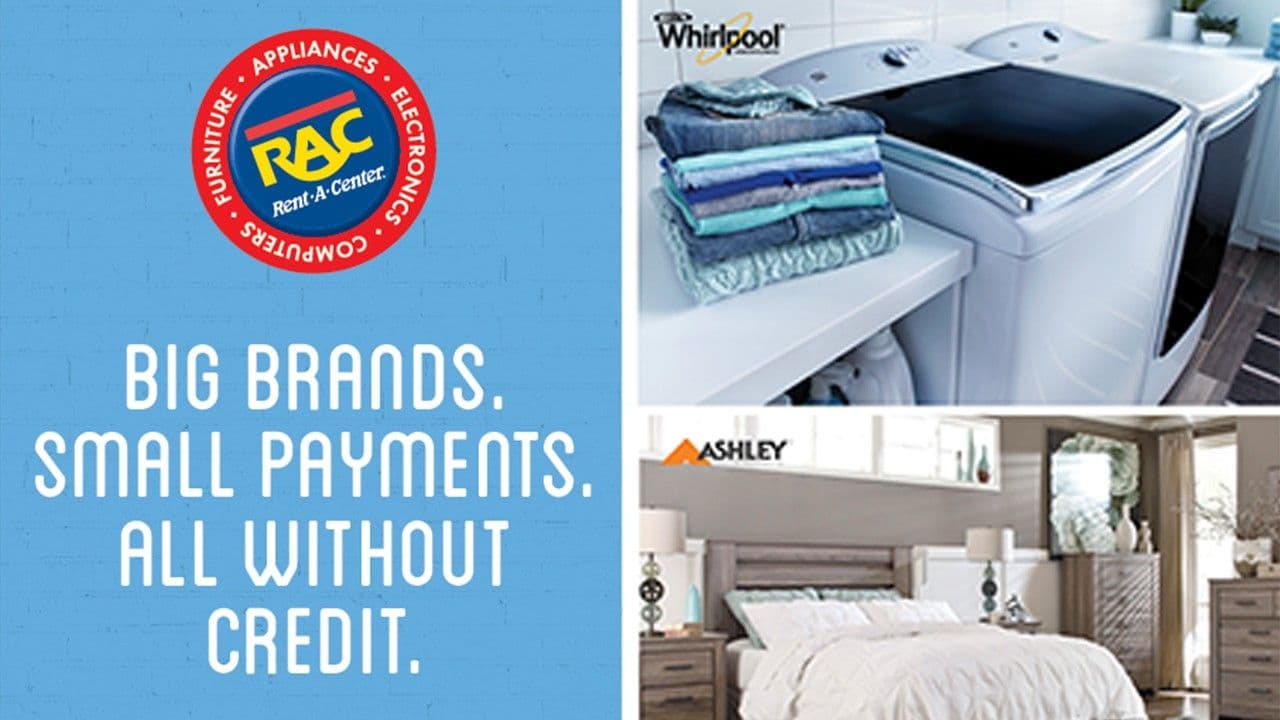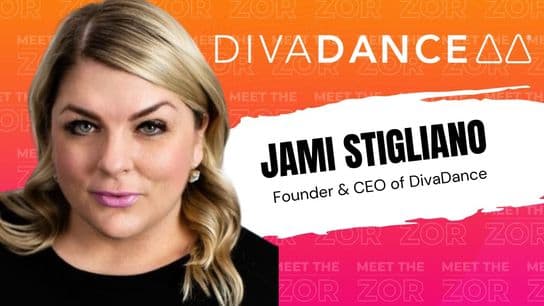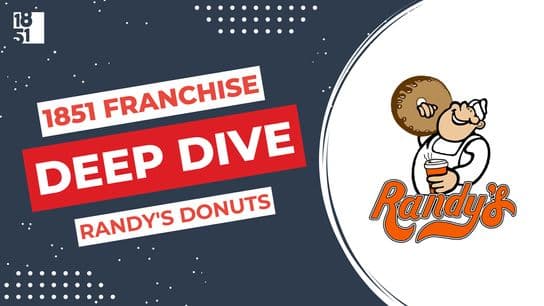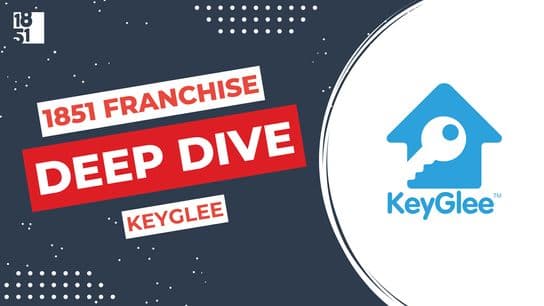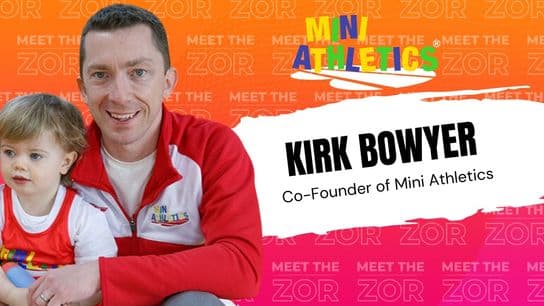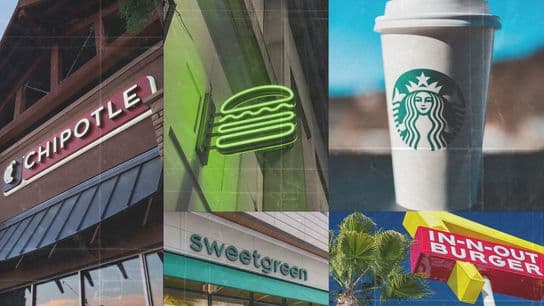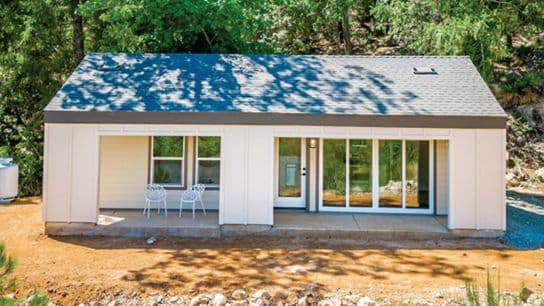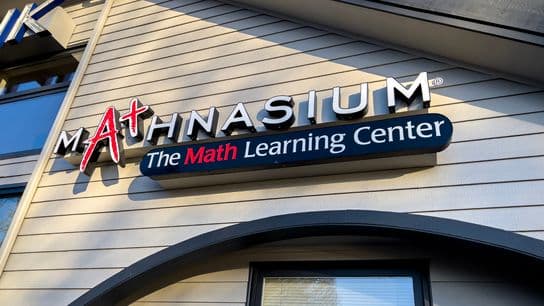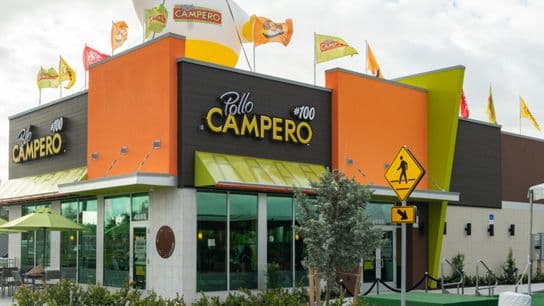5 Reasons Rent-A-Center Continues to Dominate the Rent-to-Own Segment
The iconic retail brand has long maintained an outsized market share, but they aren’t resting on their laurels.
Over the past three decades, Rent-A-Center has achieved the kind of segment dominance that few other brands in any industry have. The iconic retail franchise has not only carved out the lion’s share of its market, its brand has become all but synonymous with the rent-to-own industry.
Even with nearly 3,000 locations across three countries and an estimated 35 percent of the entire rent-to-own market space in the U.S., Rent-A-Center continues taking steps to bolster its position as the leader in the industry. Last year, Rent-A-Center made a small but crucial pivot in their buying strategy to stock more high-end models from top-tier brands—what the company’s Vice President, Head of Marketing and Digital Commerce Jason Wall refers to as “aspirational models.”
“We changed our strategy slightly to focus more on supplying the best of the best products,” Wall said. “We learned our customers are after those aspirational models, and they keep them longer as opposed to more entry-level products.”
That pivot to increase the inventory of high-end products is just one of the ways that Rent-A-Center continues to strengthen its brand and fortify its position as the number-one consumer choice in the rent-to-own space. Here are five more.
Weekly payments
Most rent-to-own concepts exclusively offer monthly payment models. Wall says one of Rent-A-Center’s key differentiators is its weekly payment model, which increases access to top-tier products by reducing the initial payment.
“By offering a weekly payment model, we’re emphasizing access,” Wall said. “Other brands use monthly installments because they are thinking exclusively about ownership and giving the customer the fewest number of payments to get there. We’ve reduced our up-front payments so that more customers can get access to the best products, and that leads more customers to ownership.”
A focus on ownership
In early 2017, Rent-A-Center adjusted its pricing model to make ownership even easier, reducing the overall cost of ownership by an average of 30 percent across all products and shortening the number of payments.
“We applied a very modest increase in the payment amounts, which we were able to do because the weekly installments are so low to begin with,” Wall said, “and we essentially just shortened the number of payments. While that reduced our overall pricing significantly, it also increased the rate of ownership. Those final installments don’t mean anything if customers aren’t paying them, so by getting more customers to the finish line in terms of ownership, we’ve managed to increase our profits while lowering prices for customers.”
Messaging
Another change Rent-A-Center has made over the past two years is a refinement of the brand’s messaging. Wall says the change was designed to appeal to customers at specific steps throughout the buying process.
“We used to announce all of the great things we do right up front,” Wall said. “Now we are much more concise, and our messaging encourages the customer at each stage of their journey. So, our big introductory message is ‘big brands, small payments, all without credit.’ It’s simple and appealing to new customers. Then, once customers are in the store looking at products and evaluating the total cost, they may need a little value add, so we start emphasizing free delivery and setup, which you don’t find at traditional retail and is a very high motivator. Just look at Wal-Mart and Amazon, who are spending millions on advertising two-day shipping. At the next level, to close the deal, we emphasize the ability to cancel anytime. We remind customers that they aren’t locked in, and that gives them the confidence to buy.”
Culture
Rent-A-Center stores see, on average, roughly 70 percent repeat customers. Wall says that reliable repeat business can be attributed at least in part to the brand’s community-oriented culture, which emphasizes strong and ongoing relationships with customers.
“We’re building customers for life, and we’re doing that by focusing on relationships,” Wall said. “We build our stores in neighborhoods so they are located near our customers, and we empower our store owners to become part of the community, but it goes deeper than that. Our culture is all about relationships. That’s in our DNA. As a franchise, we pride ourselves on offering a high level of autonomy to our franchisees and front-of-line operators so that they can feel a strong personal connection to their store and their customers. We’ve put a lot of work into implementing that culture from the inside-out. Our corporate team is focused on cultivating strong relationships, and that philosophy is shared throughout the system. That’s a hard thing for other brands to replicate. You can copy pricing and value proposition, but at the end of the day, you can’t copy culture.
Brand awareness
Rent-A-Center is expanding its franchise system, seeking out new multi-unit operators to take on new and existing stores across markets, and one of the primary value propositions for new owners is a level of brand awareness among consumers that far exceeds that of its competitors.
“We’ve been extremely successful building brand equity,” Wall said. “We’re the most known brand in the industry, and we are top-of-mind for any customer interested in rent-to-own. That’s an enormous benefit for franchisees who invest in Rent-A-Center.”
